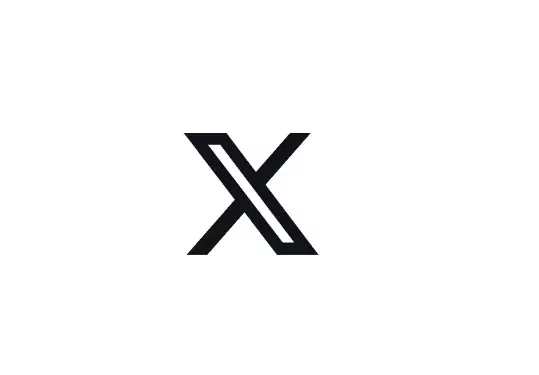In a move that has sparked significant debate among users and analysts alike, X (formerly known as Twitter) is poised to dilute its account blocking functionality. After a year of discussions and speculation regarding changes to its blocking feature, the announcement has finally come to fruition: users will notice that the block button is being removed from multiple locations within the app. As cited by app researcher Nima Owji, this shift means that blocked accounts will still have access to users’ public posts, thereby prompting concerns about privacy and user safety on the platform.
The ramifications of this policy shift are far-reaching. Current blocking functionality offers a semblance of control over who can access and view a user’s content. In its traditional form, blocking a user means that the blocked individual no longer has the ability to engage with or even see the blocked user’s posts in their feed. However, under this new paradigm, users must post with a greater awareness of their audience, opting instead for private posts if they wish to safeguard their updates from specific users.
This change suggests a significant rethinking of how public and private interactions are managed on the platform. While X argues that blocking does not effectively prevent users from seeing public posts—especially when utilizing alternative accounts or incognito modes—the ability to block can serve as a more immediate deterrent to unwanted interactions. For many users, particularly those who have experienced harassment or abusive behavior online, the block feature provides not only a means of protection but also a psychological comfort in knowing that they can limit engagement from problematic accounts.
Motivations Behind the Decision
The rationale shared by Elon Musk, the owner of X, seems primarily focused on the platform’s visibility and engagement ecosystem. Musk has expressed concerns that extensive block lists diminish the reach of posts, which in turn hampers the user experience. He believes that this limitation caters to a selective audience, inhibiting the natural flow of information and interaction across the platform. Musk’s belief that blocking creates “DDoS vectors” underscores a broader strategy to enhance visibility and engagement, even at the potential expense of user safety and agency.
However, despite Musk’s assurances that the block functionality will still exist albeit in a less accessible form, the practical implications of this decision remain murky. Users may find themselves navigating a convoluted approach to simply manage who can access their content.
Understandably, this shift has incited a wave of backlash from the platform’s user base, particularly among those who prioritize personal safety and feel that blocking is an essential tool for maintaining boundaries within the digital space. The fact that such a significant change could breach guidelines necessitated by major app stores, which require apps to facilitate user safety features like blocking, adds another layer of concern.
Many users are likely to feel that the company is prioritizing visibility and engagement metrics over the basic safety and comfort of its users. This move could drive some users to reconsider their engagement with the platform, leading to a divide between those who value open interaction and those who need protective measures against harassment or abuse.
The Future of Social Media Interactions
In the broader context of social media, X’s modification of its blocking functionality raises crucial questions about the evolving landscape of online interactions. As platforms continue to grapple with issues of censorship, user control, and engagement metrics, the need for more robust, user-centric privacy measures has never been more relevant. The removal of blocking functionality could signal a trend where platforms prioritize content reach over user protection—a concerning proposition that may influence user trust and loyalty.
Ultimately, X’s exploration of these changes will undoubtedly have significant implications for social media usage and user behavior. How effectively the platform can balance the demands of broader visibility with the necessity for safe user experiences will determine not only the success of its new policies but also its standing in the cutthroat realm of social media. As users brace for what’s ahead, it remains to be seen how many will embrace the changes announced, and how many will seek refuge in alternative platforms that prioritize their safety and privacy.


Leave a Reply